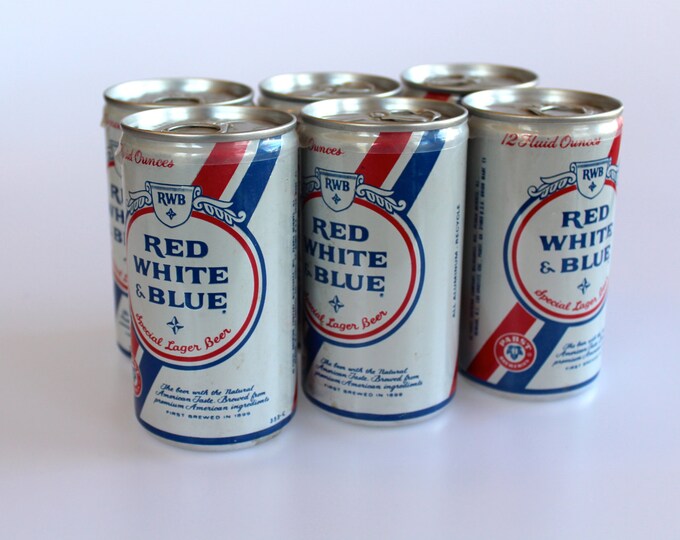Reviving Red White & Blue
https://www.kraabel.net/wp-content/uploads/2024/07/il_680x540.1151280998_kheh.jpg 680 540 Michael Kraabel Michael Kraabel https://www.kraabel.net/wp-content/uploads/2024/07/il_680x540.1151280998_kheh.jpgWhen we think of American beer history, names like Budweiser and Pabst Blue Ribbon often dominate the conversation. Yet, nestled in the annals of brewing lore is a brand that once held a cherished spot in the hearts of beer lovers: Red White & Blue. This brand, rich with history and cultural significance, is poised…
read more


